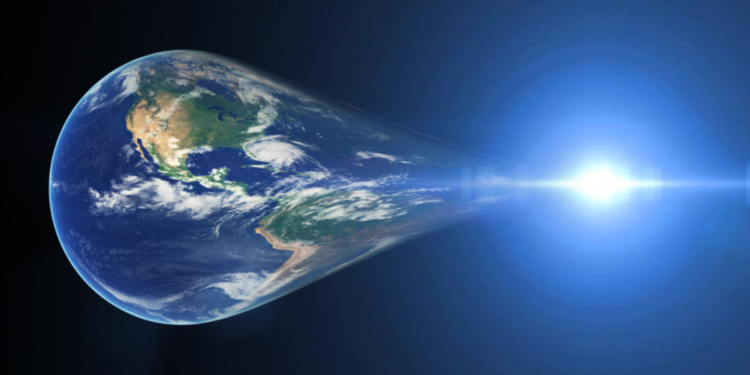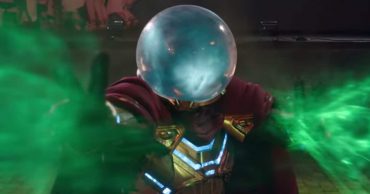Scott Lang was given a scientific explanation for how the size-changing suit worked in Ant-Man only for the franchise to then seemingly ignore that explanation. While the science behind superheroes might seem like something that could be handwaved away, there needs to be some form of logical consistency with in-universe explanations. The MCU typically does a great job of grounding its characters in internally consistent moves to the extent that is possible by only relying on one or two requests that the audience just accept that this superhero has a specific set of powers.
In the realm of sci-fi and fantasy, this is often referred to as the “one-time miracle exemption.” This means that if the creators and the audience allow for the fantasy of a particular superpower and nothing else, the rest should be expected to behave naturally for the real world. While some parts of the MCU have done this well, other elements (such as Captain America’s vibranium shield) have failed science. That is the case of Ant-Man‘s size-shifting technology, so here is why the MCU fails the keep Ant-Man plausible even within it’s own explanations.
How Pym Particles Work According To The MCU

The core question might seem like a simple (if esoteric) one: from a scientific perspective, what is “size?” An item’s size is simply the space it takes up, better known as its volume (so how big it is). Not to be confused with how much matter is in that space, or its mass (how heavy or dense it is), which will become important soon. How big or heavy something is depends on a lot of things, but mostly on which atoms make up an object and how they’re bound together.
In the first Ant-Man film, Dr. Hank Pym explains the science behind his groundbreaking technology, Pym Particles. These particles have the incredible ability to shrink or grow objects. Most of the space an object appears to take up is actually empty because atoms and the protons, neutrons, and electrons that make them up don’t actually touch each other, they just spin around in a cloud. Pym figured out that by shrinking the distance between atoms, he can shrink the object (here’s the one-time miracle, as the forces that keep atoms and their parts where they’re supposed to be are among the strongest forces in the universe). This explanation means that the only thing that changes is the distance between particles, and no matter how big or small something gets, the mass stays the same. This is the critical misstep in Ant-Man’s power set.
How Ant-Man’s Body Would Really React To The MCU’s Size-Changing
As Ant-Man’s mass is constant, a problem comes up when that is combined with the science around volume and density, which is vitally important when figuring out how things react to the world around them. The force an object asserts on things is dependent on its mass, and the area it exerts that mass on. Assuming that Scott Lang is around average size for a human male (about 200 lbs) When he shrinks down to the size of an ant (around 1mm), those 200 lbs are pressing down on a very small area. If he punched someone while ant-sized, he’d be so dense it would hit with the same force as a bullet, and he’d punch right through them. And due to the acceleration of gravity, he’d be unable to stand on anything other than metal. Stick him in dirt and he’d sink right through to the bedrock like a spike shot into the ground.
And this density problem goes the other way too. When Scott grows, those atoms get farther apart, making him less dense. The tallest he’s gotten in the MCU is about 65ft. Something else that’s 65ft tall and weighs about 200 pounds? Macy’s parade balloons, and they aren’t stomping anyone. As cool as his transformation was in Captain America: Civil War, that growth would actually leave him bouncing around that airport, barely able to keep his feet on the ground.
The Horrifying Reality Of “Going Subatomic”

But that’s not even the worst of it. While most of the discussion of Ant-Man’s gigantic swings in density have been speculation, there are objects in the universe that do undergo such changes: stars. In the non-superpowered universe, the only thing that can change an object’s density to this degree is gravity, in this case the immense gravity of supermassive stars. Going “subatomic,” as he does in several of his movies (and how he ostensibly killed Yellowjacket in the first film) would put him at the same level as these. Depending on how small Mr. Lang gets, astrophysics dictates he has one of two unpleasant futures ahead of him.
In the first film, Ant-Man shrinks to the size of a quark (a subatomic particle 10 million times smaller than a proton), making him as dense as a neutron star, which has a density of roughly 10 million tons per cubic inch. The problem is that once an object becomes that dense, its atoms start to behave differently. The intense pressure causes all of the particles to break apart and recombine into exotic matter, becoming different layers of quantum soup, from shattered ions and loose electrons at the outer level to a superheated quark-gluon plasma at the core.
But going even smaller, as he does in Ant-Man: Quantumania gets him even denser: he’ll become a black hole. Every atom will crush down so tightly he becomes a singularity, a space so small it is literally just a point. All normal rules of matter cease to exist, time becomes space and space becomes time, and all matter nearby is warped into infinitely long noodles of quarks, muons, and other fundamental particles. Not fun for Scott, but that could be one way to defeat Kang.
 Follow Us
Follow Us





